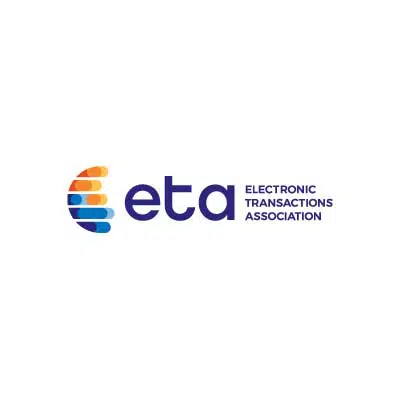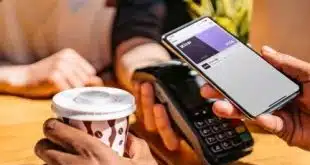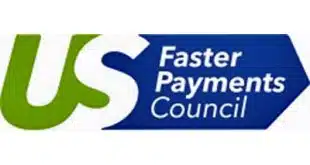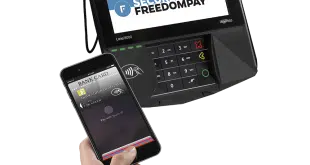Thanks to the proliferation of such financial-service technologies as mobile wallets and peer-to-peer and e-cash payments, especially during the Covid-19 pandemic, financial-technology providers are closing the gap on unbanked and underbanked consumers’ access to financial services, according to a report from the Electronic Transactions Association.
One example cited in the report of how ETA members are achieving this goal is the development of a PIN-on-glass solution from Fiserv’ Inc.’s Carat unit that accelerates acceptance of electronic benefits transfer cards to pay for online grocery purchases. The solution allows grocers to create a digital PINpad within their digital-commerce environment that allows EBT cardholders to verify each transaction. Carat launched last year to sell coordinated digital payments and related commerce services to large companies looking to serve Covid-wary consumers.
Another solution closing the access gap to financial services is ecash. Last year, Paysafe Group, for example, introduced Paysafecash, which allows consumers to make a purchase online, then complete the transaction at a physical payment point by paying with cash.

After making the purchase online, the consumer is sent a barcode via text, email, or printable PDF, then takes the barcode to one of the more than 70,000 Paysafecash merchants. The merchant scans the barcode, accepts the cash payment, and notifies the e-commerce seller the transaction has been completed and the product can ship. Participating Paysafe cash merchants include 7-Eleven, CVS, Walgreen, and Family Dollar.
“These types are of products are designed to allow underbanked and cash-based consumers, which tend to be low-income, to receive the full benefit of the modern payments ecosystem,” says Scott Talbott, senior vice president, government affairs for the ETA.
Mobile wallets and P2P payments are also gaining popularity as consumers seek new ways to make payments in a contactless environment, adds Talbott. Data from the Pew Research Center found that 98% of the U.S. adult population has a mobile phone and that 81% of mobile phones are smart phones, a steady increase from previous years. In addition, the FDIC has found that mobile banking has increased significantly as the primary method of account access. In 2019, according to the latest figures available, 34% of consumers used mobile phones as the primary way to access their account, up from 9.5% in 2015, overtaking online banking as the most prevalent primary banking method.
“More people have cell phones than [have] bank accounts,” Talbott says. “Making free apps available that can be downloaded to cell phones can help consumers access these services.”
In addition to improving access to financial-services technology, Talbott says ETA members are working to educate consumers about the availability and benefits of such products, as well as making apps available that help consumers track spending.
“Providing the underserved consumers access to financial-services technologies helps reduce banking deserts by providing a convenient a way for them to receive, hold, and spend their funds in a secure manner. And that’s exciting,” says Talbott.





